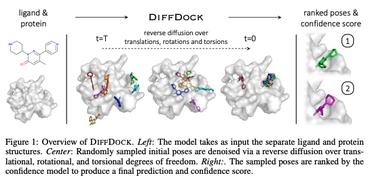In silico bioactivity prediction of proteins interacting with graphene-based nanomaterials guides rational design of biosensor
Graphene based nanomaterials have attracted significant attention for their potentials in biomedical and biotechnology applications in recent years, owing to the outstanding physical and chemical properties. However, the interaction mechanism and impact on biological activity of macro and micro biomolecules still require more concerns and further research in order to enhance their applicability in biosensors, etc. Herein, an integrated method has been developed to predict the protein bioactivity performance when interacting with nanomaterials for protein based biosensor. Molecular dynamics simulation and molecular docking technique were consolidated to investigate several nanomaterials C60 fullerene, single walled carbon nanotube, pristine graphene and graphene oxide, and their effect when interacting with protein. The adsorption behavior, secondary structure changes and protein bioactivity changes were simulated, and the results of protein activity simulation were verified in combination with atomic force spectrum, circular dichroism spectrum fluorescence and electrochemical experiments. The best quantification alignment between bioactivity obtained by simulation and experiment measurements was further explored. The two proteins, RNase A and Exonuclease III, were regarded as analysis model for the proof of concept, and the prediction accuracy of protein bioactivty could reach up to 0.98.
PDF Abstract
